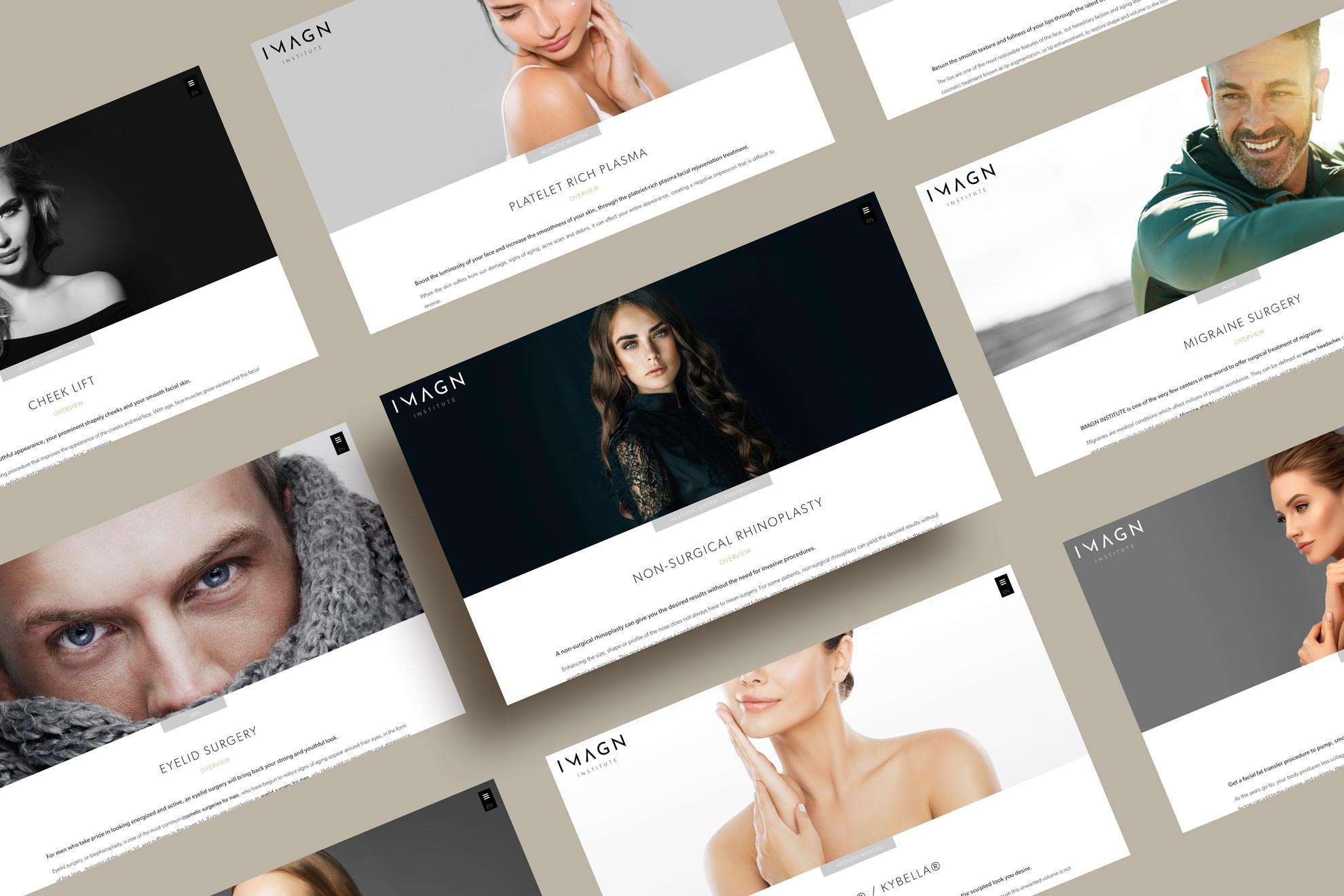
Essential Elements of Modern Web Design
Web design continues to evolve to suit the ever-changing needs of different audiences. Emerging trends focus on streamlined web design but with more powerful and sophisticated functionality.




Web design continues to evolve to suit the ever-changing needs of different audiences. Emerging trends focus on streamlined web design but with more powerful and sophisticated functionality.

Like any profession, there are tools and resources available to make your life as web designer easier. The more useful and time-saving your tools, the more time you can focus on important tasks such as coding and designing.

In the following post I will discuss some ins and outs of SEO, including what it is, how it came about and why it’s so important today.
